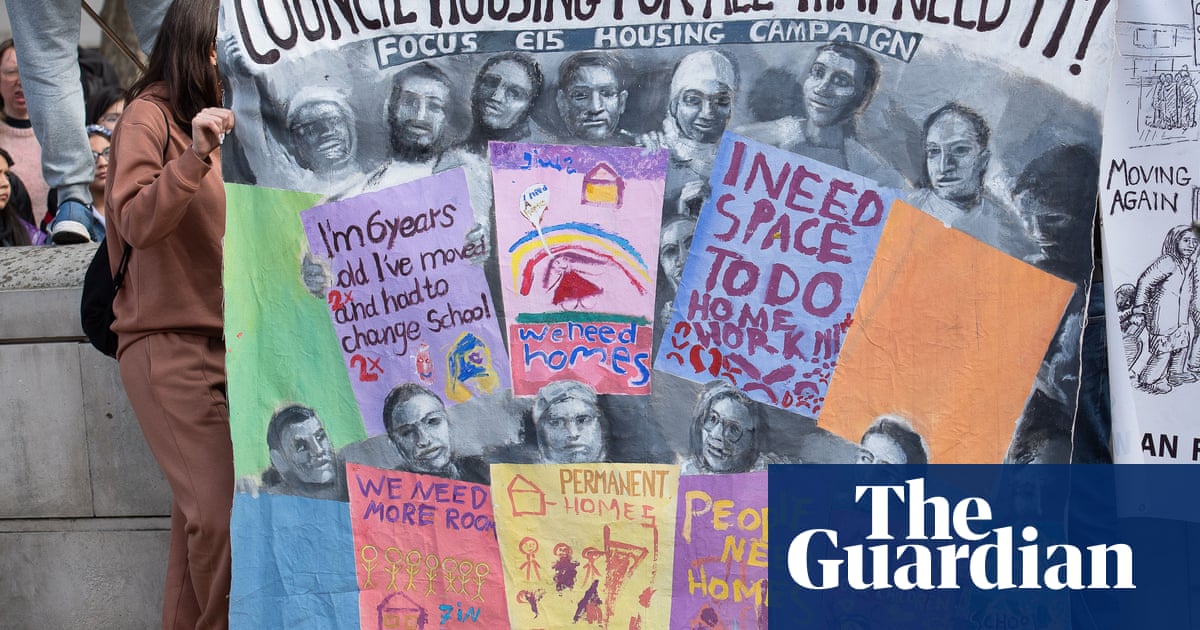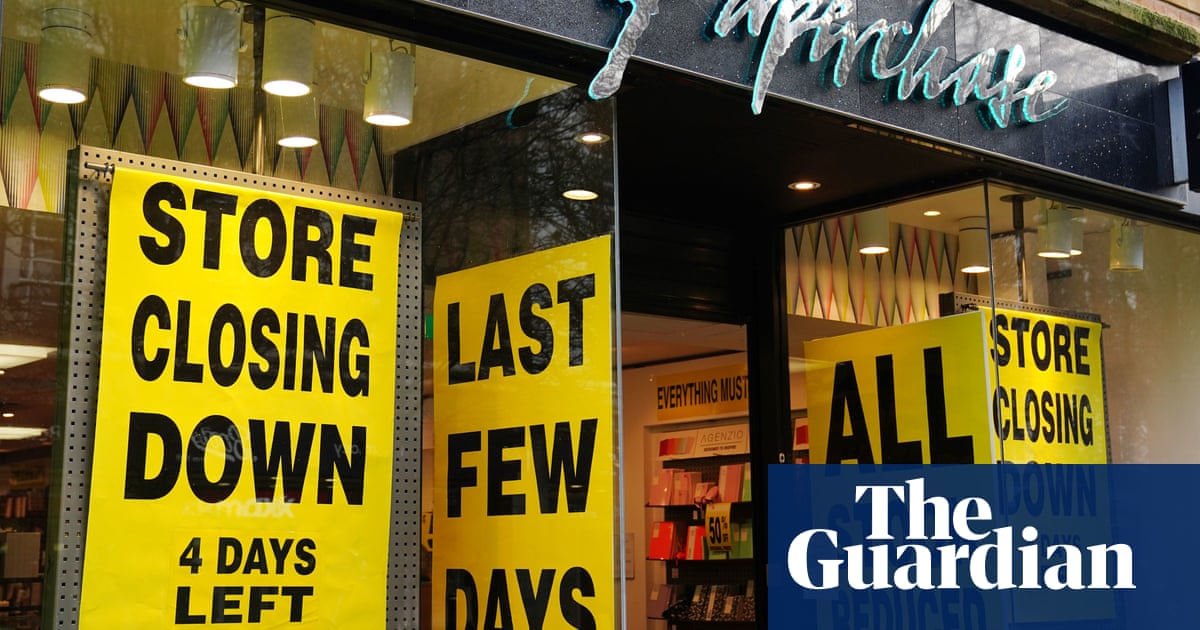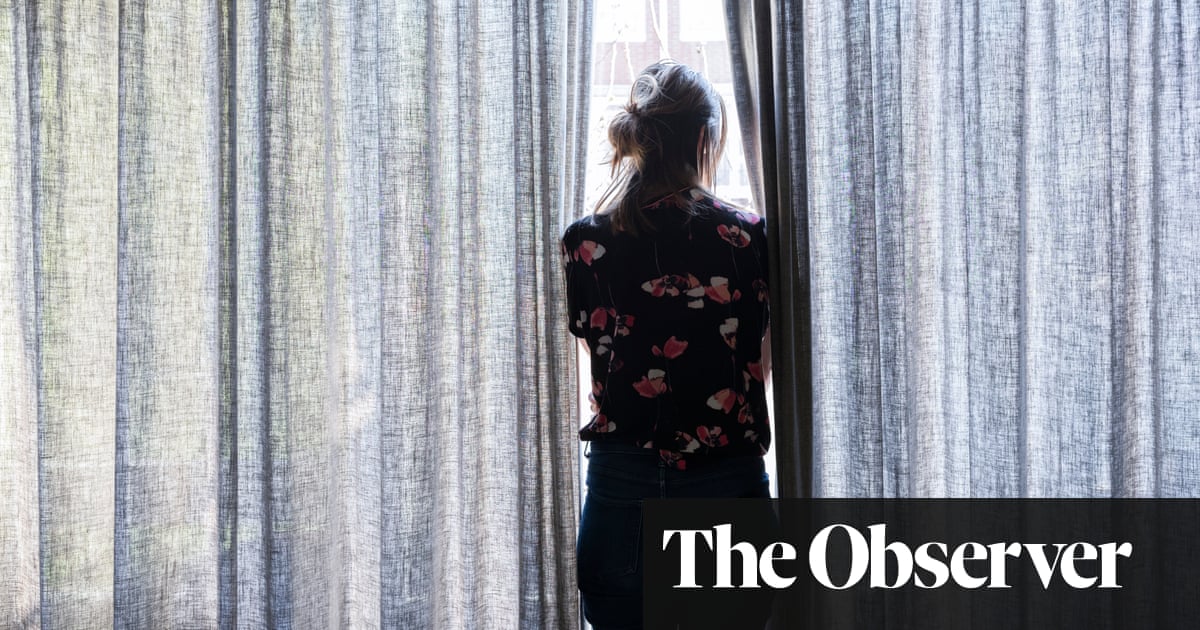
The failure of governments to build enough social homes in the past 20 years is “shocking” and “uneconomical”, says the author of a landmark Blair-era report into housing supply.
Kate Barker has expressed her disappointment at the levels of overcrowding and widespread use of temporary housing resulting from a lack of new homes to accommodate some of Britain’s poorest citizens.
In 2004, Barker’s Treasury-commissioned report was described by the chancellor, Gordon Brown, as the “most detailed housing review in 50 years”, and it was hoped it would provide the blueprint for future governments to tackle the affordability and supply challenges.
In the Barker review, the former Bank of England economist called for an additional 17,000-23,000 social rent homes to be built each year, on top of the 24,000 built in the year the review was published.
On the 20th anniversary of the publication of the report, Barker told the Guardian that one of her biggest disappointments was the lack of social rent homes being built, adding she was shocked at how low the numbers were.
She said that the influence of her review had waned, with a number of recommendations around planning changes and affordability targets reversed or not implemented. Her most ambitious target was for the industry to build 297,000 homes a year. However, she said that target was “as far off today as it was in 2004”.
Critics have argued that government funding in recent years has been allocated to other areas, such as affordable rent, where tenants pay about 80% of market rates, and shared ownership, whereby residents buy a share of the home and pay rent on the rest.
Social rent properties are the lowest-cost affordable housing available, with tenants paying about half the market rate in rent, and serve those on the lowest incomes. However, they require a higher subsidy because of the lower rent returns.
Since the report was released, the number of social rent homes has failed to meet Barker’s target. The highest number was in 2010, when nearly 40,000 were built, but in each of the last 10 years fewer than 10,000 social rent homes have been constructed.
Of the 522,335 affordable homes built in the past decade, 260,000 (49%) were for affordable rent and 127,214 for shared ownership, while only 76,925 (14%) were for social rent.
Barker acknowledged that the increase in affordable rents was a “useful part of the market” but said social rent was needed to fix some of the UK’s biggest housing issues.
She said: “The fact that we have more overcrowded households and more households in temporary accommodation than we did when I was writing the report is really disappointing, and some of that is because we just don’t have a good supply of social rents.”
The number of people in temporary accommodation is now 105,750, up from 99,530 in 2004, while the number of overcrowded homes has rocketed to 708,000 homes from 486,000.
Barker added: “Temporary accommodation is often very unsatisfactory, and actually quite expensive to house people, so I’m not even sure it’s a very economic thing to have so little social housing.”
Barker said she was also disappointed by ministers’ failure to drive through changes that would allow for planning decisions to be made at regional level, rather than by local authorities.
She said: “I still think that being able to develop spatial plans at a wider level, other than local authorities, is helpful. When the Conservative government came in, in 2010, they swept away the regional tier, and that’s left some of my recommendations redundant.”
She also pointed to a trend for politicians to focus on reforms, such as new mortgage initiatives, designed to boost demand to fix the housing crisis, when supply of new homes was often the key issue. She said: “Demand-side reforms are sort of an easy routes for politicians to make it sound like they are doing something about the housing market, while actually not doing something that’s very effective.”
A report by the Home Builders Federation (HBF) marking 20 years since Barker’s review was published found that only 11 of the 36 recommendations made in her report were still in place.
The HBF calculated that an additional 2m homes would have been built in the last decade if Barker’s 297,000-home goal had been met. It found the average age of a first-time buyer was now 34, three years older than when the Barker review came out, while the ratio of the median house price to earnings had increased from 5.1 to 8.3.
Stewart Baseley, executive chairn at the HBF, said: “Frustratingly, many of Kate’s recommendations and barriers to housing delivery highlighted in the 2004 review remain as relevant today as they did then. The answer is clear: the planning regime is failing to deliver. The country’s economic prosperity and the needs of younger households must now be put ahead of short-term political expediency. We urge them to be brave.”
The Department for Levelling Up, Housing and Communities said: “Last year saw the highest year on record for affordable housing delivery, with a 12% increase in starts to the previous year, and since 2010 we have delivered over 696,100 new affordable homes, including over 172,600 homes for social rent.
“Our commitment to building more homes and boosting social housing supply remains, and our £11.5bn affordable homes programme will deliver thousands more affordable homes to rent and buy across the country.
“Through our long-term plan for housing we are on track to meet our manifesto commitment to build 1m homes over this parliament.”












